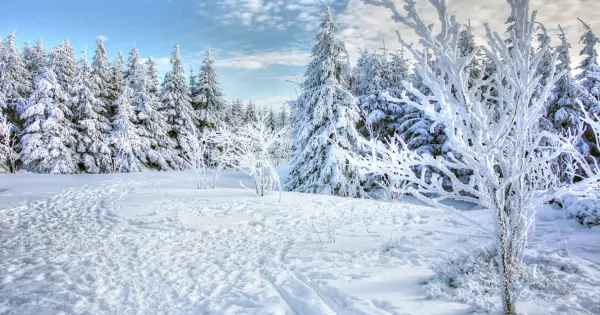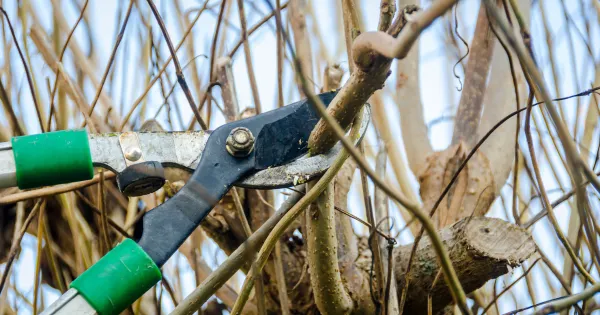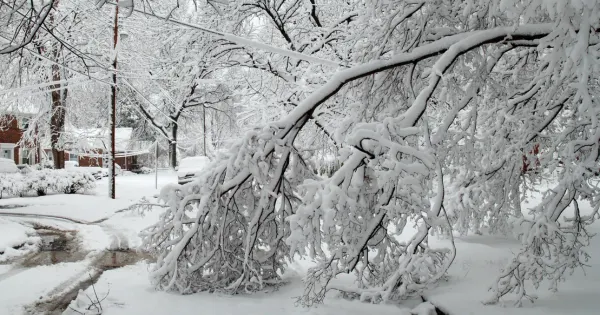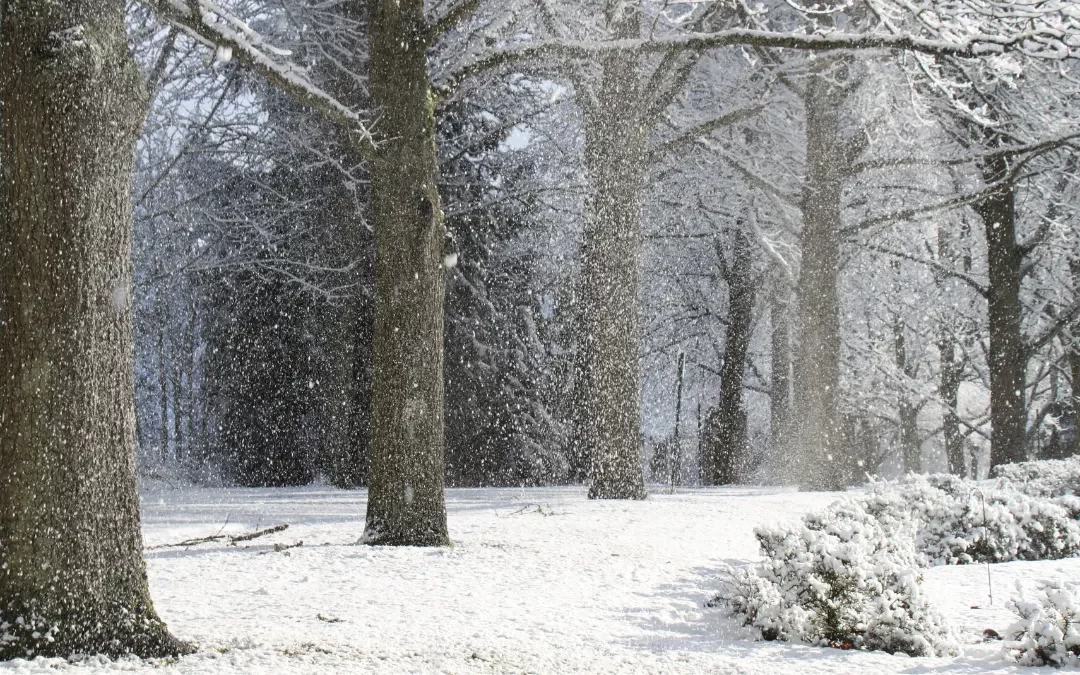How to Prepare Your Trees for Winter

Protecting Your Trees from Winter Damage
Protecting your trees throughout winter involves more than just preparation; it requires ongoing care. One effective measure is to use windbreaks. If your property is exposed to strong winds, erect temporary barriers using burlap or plastic mesh to shield your trees. This will help prevent windburn and reduce moisture loss. Another crucial aspect of winter protection is preventing physical damage. Heavy snow and ice can weigh down branches, causing them to break. To mitigate this risk, gently brush off snow accumulation from branches using a broom with soft bristles. Avoid shaking the branches, as this can cause further damage. For ice, it’s best to leave it alone, as trying to remove it can result in broken branches. Protection from wildlife is also essential. In winter, animals such as deer, rabbits, and rodents may feed on tree bark, leading to girdling and damage. Install tree guards or wrap the bases of young trees with wire mesh to deter these hungry visitors. Additionally, consider using repellents or applying a commercial tree wrap paste to make the bark less appealing.Can You Trim Your Trees in the Winter?

Beware of Property Damage in the Winter

Once the tree is fully removed, it becomes evident just how urgent the removal was. The sugar maple’s core was completely hollow—a ticking time bomb that could have caused significant damage if left unchecked. This discovery underscores the importance of regular tree assessments.
A hollow tree is much weaker and more susceptible to falling. Had this tree fallen naturally, the consequences could have been disastrous. This highlights the importance of not delaying when signs of danger first appear.
Identifying the cause of the rot is essential for future prevention. In this case, it could have been improper pruning or environmental stressors. By understanding these factors, homeowners can take preventive measures to protect other trees on their property.
Protecting your trees during winter is a multifaceted task that requires preparation, ongoing care, and strategic decision-making. By assessing your trees’ health, ensuring proper hydration and insulation, and taking proactive measures against physical damage, you can ensure their survival through the cold months. Winter pruning not only enhances tree health but also reduces potential risks to your property. Furthermore, staying vigilant and addressing any hazards early is key to preventing property damage.
If you’re looking to make your tree care efforts more efficient this winter, consider consulting with a certified arborist or a reputable tree service company. They can provide expert guidance tailored to your specific needs. For those in Southeast Wisconsin and surrounding areas, Russ’s Tree Service offers comprehensive tree care solutions, including emergency services, cutting, and trimming. Their experienced team ensures that your trees remain healthy and your property stays safe during winter.
Remember, a little effort goes a long way in ensuring the health and beauty of your trees, even in the harshest of winters. By following these guidelines, you’ll be well-equipped to protect your leafy companions and enjoy the beauty of your winter landscape.

